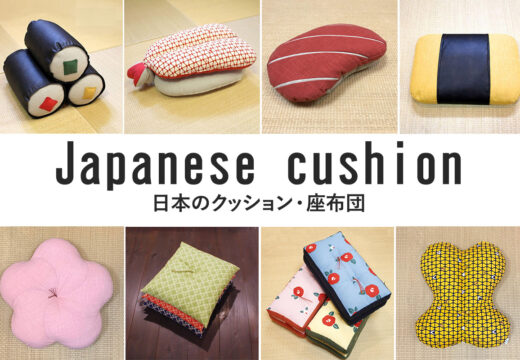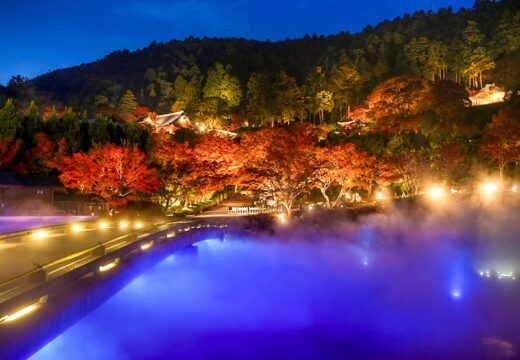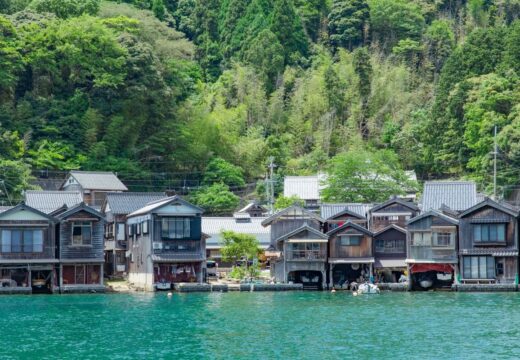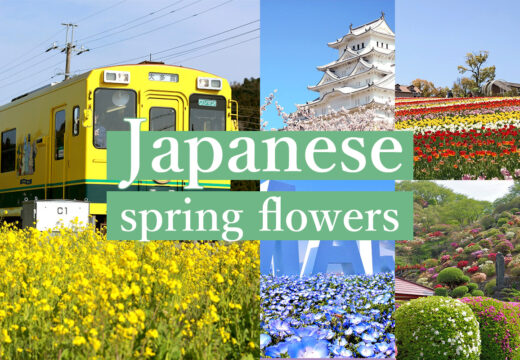Exploring Shimane Prefecture’s Izumo and Matsue: Sacred Sites of Matchmaking and Mythology
Category: Food&Drink Goods Sightseeing
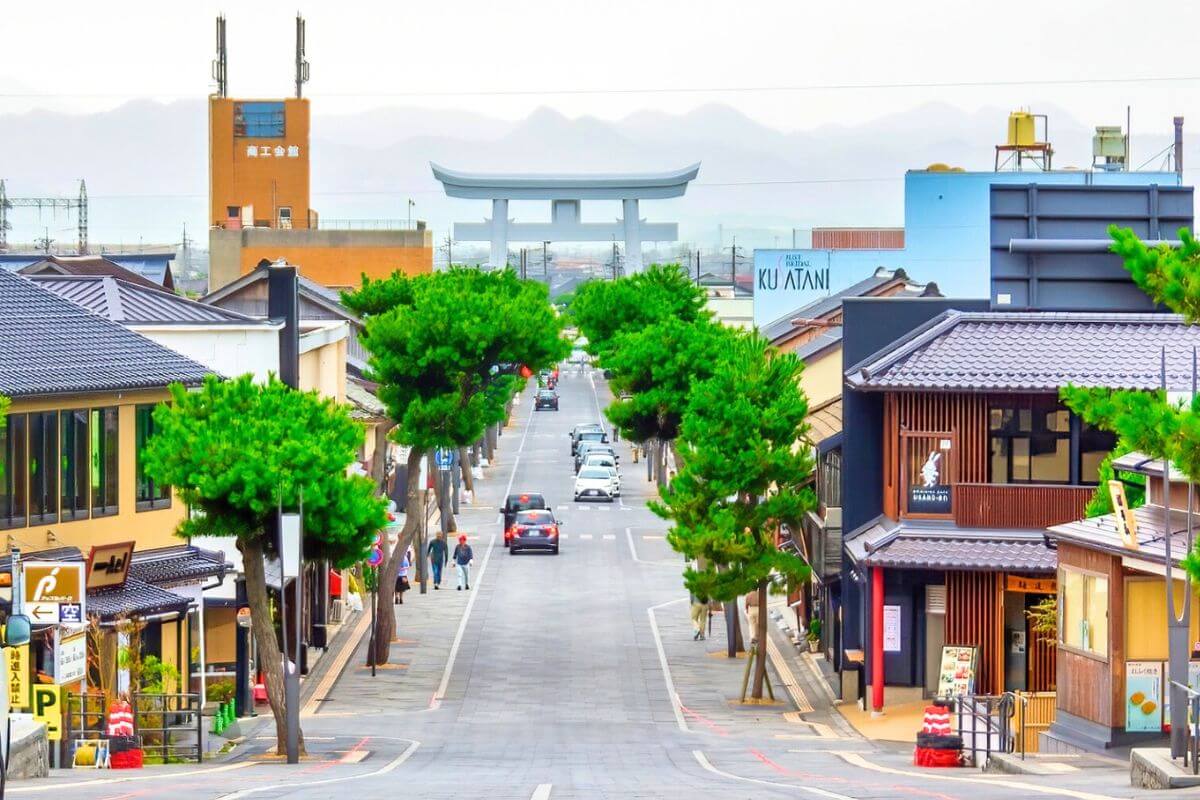
Shimane Prefecture, located in western Honshu. While a popular tourist destination within Japan, it remains a hidden gem largely undiscovered by foreign visitors. The Izumo and Matsue area, in particular, is home to Izumo Taisha Shrine, renowned as the deity of matchmaking, making it an ideal spot for exploring numerous mythical power spots steeped in legend.
This time, we’ll delve into the myths and history passed down in Izumo and Matsue, introducing recommended spots, souvenirs, and gourmet delights.
Shimane Prefecture: Izumo and Matsue Area
The Izumo-Matsue area lies in eastern Shimane Prefecture, located in the northern part of the Chugoku region. Centered around Lake Shinji, Japan’s seventh-largest lake by area, it positions Matsue City—the prefectural capital of Shimane—to the east and Izumo City to the west.
Being easily accessible by public transportation like trains and buses, it is a popular destination as Shimane’s premier tourist area.
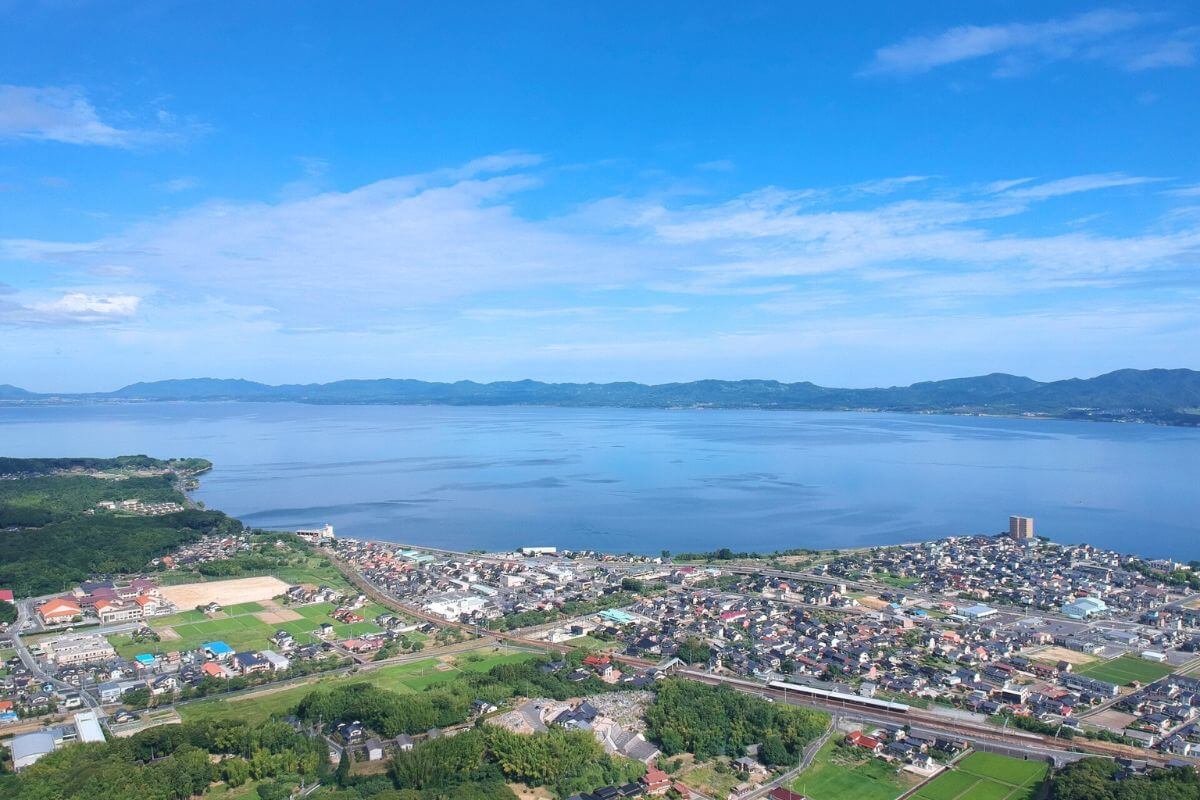
Matsue City is home to numerous rivers flowing through its urban areas, including the Horikawa surrounding the national treasure Matsue Castle, and is said to have over 600 bridges. Having developed alongside water, it is also known as the City of Water.
Izumo City boasts many historical spots, including Izumo Taisha Shrine, and is steeped in numerous myths.
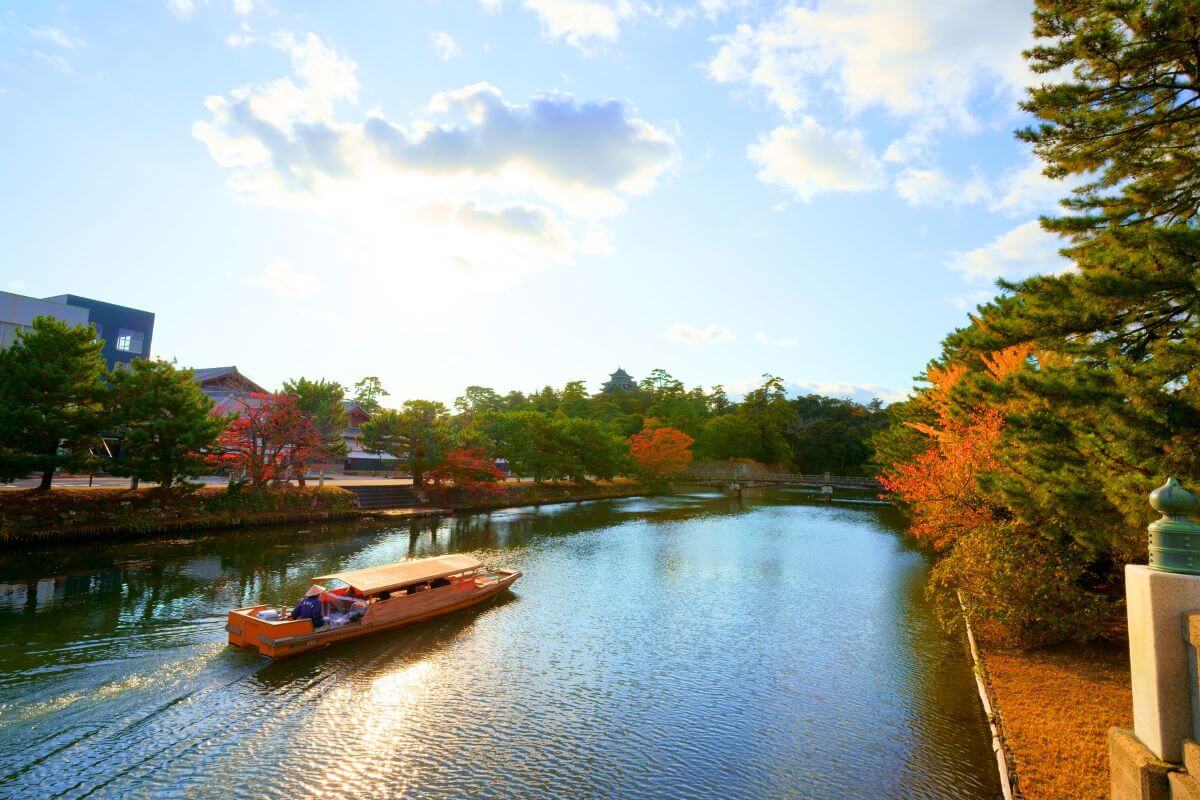
History of the Izumo and Matsue Area
The Land of Myths, Izumo
The Kojiki, considered Japan’s oldest written record, contains numerous myths set in Shimane and Izumo. Among these, the most representative is the myth of the transfer of the land by Ōkuninushi-no-Kami, the deity indispensable to the origins of Izumo.
Ōkuninushi-no-Kami was granted permission to build a nation in the earthly realm of Izumo. He bestowed upon the people various forms of wisdom—medicine, agriculture, fishing, and more—and fashioned a splendid nation.
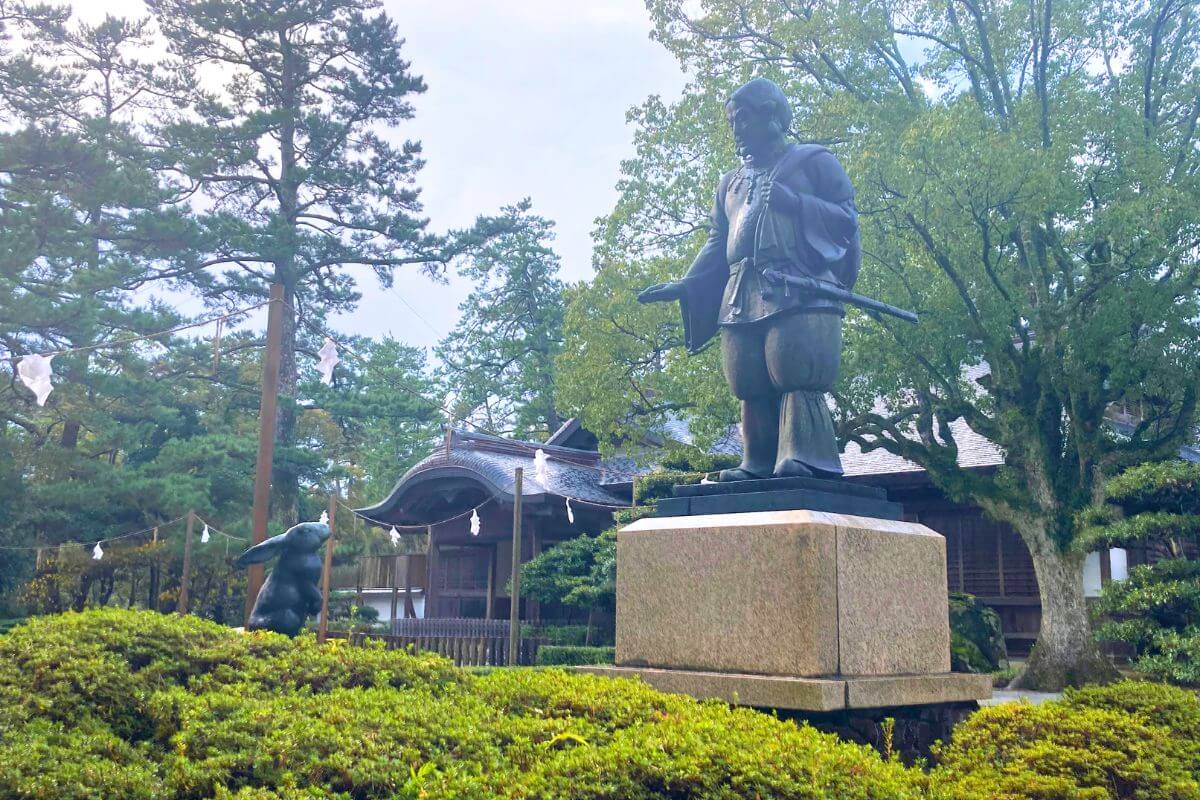
▲Statue of Ōkuninushi-no-Kami at Izumo Taisha Shrine
The sun goddess Amaterasu Ōmikami, who watched from the heavenly realm, decided to have her child rule the land and sent messengers time and again. Ultimately, Ōkuninushi no Kami ceded Izumo Province to Amaterasu Ōmikami on the condition that she build him a grand palace. This grand palace is said to be the Izumo Taisha Shrine that still stands today.
Furthermore, archaeological sites in Izumo have yielded large quantities of bronze bells and swords, suggesting that a significant power existed there not only in myth but also in reality.
▼You can read the English version of the Izumo Mythology here.
https://sanin-japan.com/izumo-myths/
Matsue, the center of the Izumo region
Approximately 1,300 years ago during the Nara period, each province had a provincial government office called a kokufu. The kokufu of Izumo Province was located in Matsue City. While Matsue City is still the prefectural capital today, it has long served as a political center.
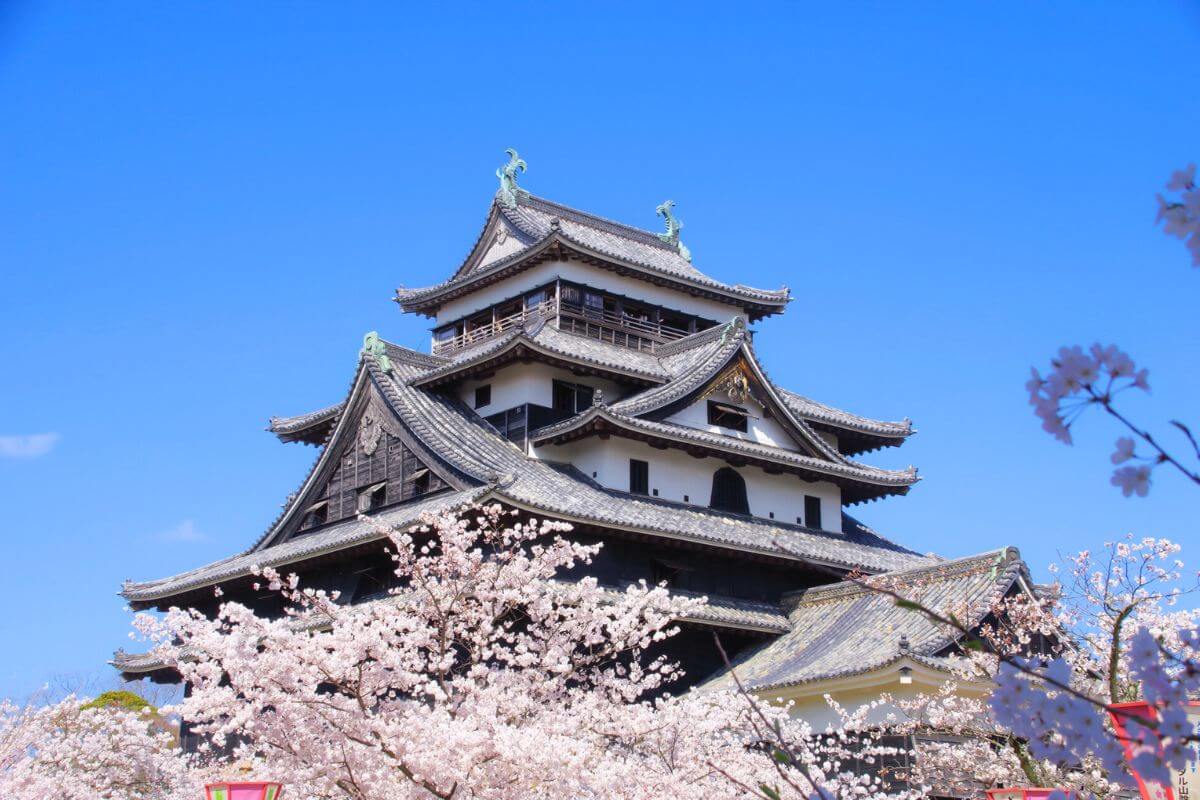
In 1611, during the early Edo period, Horio Yoshiharu built Matsue Castle on Mount Kameda. The castle saw successive lords: three generations of the Horio clan, one generation of the Kyogoku clan, and ten generations of the Matsudaira clan.
The surrounding area flourished as a castle town, forming the basis of the present-day city.
Today, visitors can still see historical structures retaining the atmosphere of that era, including Matsue Castle, designated a National Treasure, and samurai residences.
Recommended Sightseeing Spots
Izumo Taisha Shrine
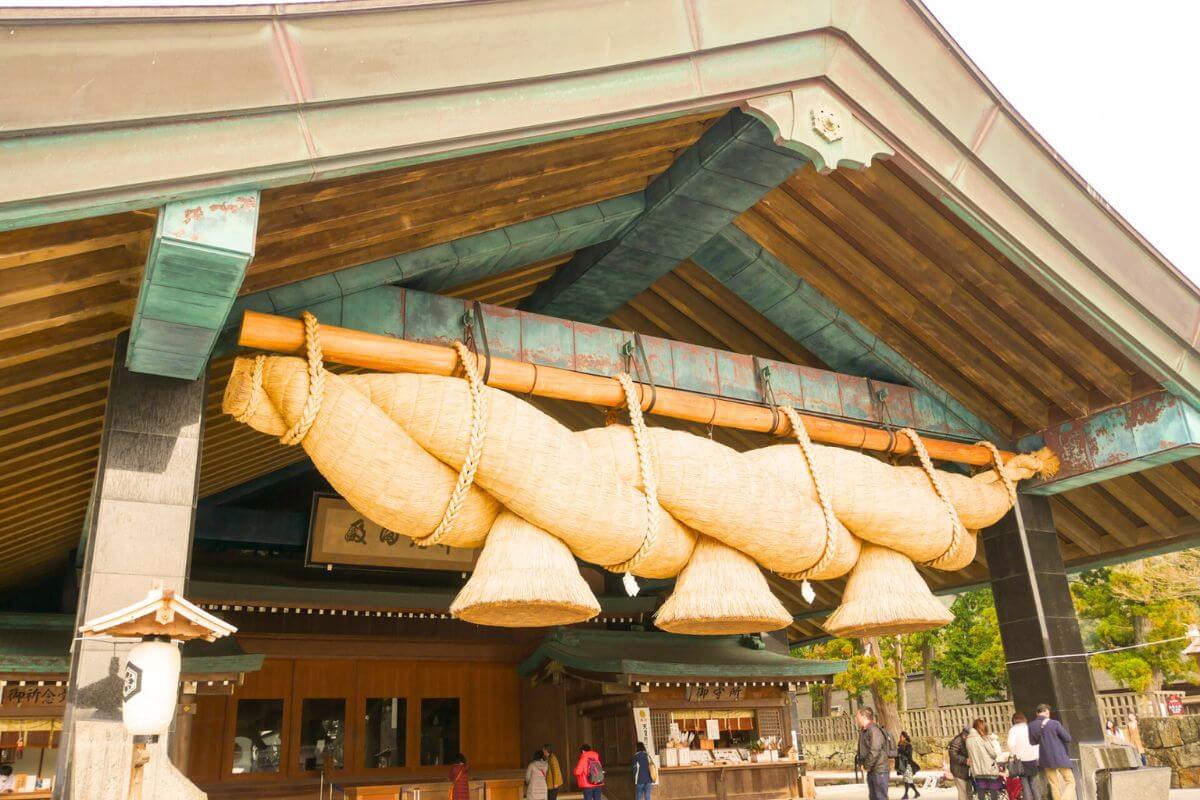
Izumo Taisha (formal name: Izumo Ōyashiro), Japan’s oldest shrine, enshrines Ōkuninushi-no-Kami, who appears in the myth of the transfer of the land.
As introduced earlier in the history of Izumo, the shrine is said to have originated from the palace built as compensation for the cession of the country.
Ōkuninushi-no-Kami is known as the god of matchmaking. It is said he connects all kinds of bonds—not just romantic relationships, but also connections for work, financial fortune, health, and personal networks.
The tenth month of Japan’s old calendar is called “Kannazuki” (Month Without Gods), but in the Izumo region, it is called ‘Kamiari-tsuki’ (Month With Gods). This originates from the belief that once a year, all the gods of Japan gather at Izumo Taisha for a meeting called the “Kami-hakari” (Divine Council).
During Kamiari-tsuki, events like the Kamiari Festival and the Enmusubi-tai-sai are held, so be sure to visit during this time.
▼2025 Schedule
Kamiaritsuki: Evening of November 29, 2025 – Evening of December 6, 2025
Check the official website for details
▼For a detailed report on Izumo Taisha, click here
Inasa no hama (Inasa Beach)
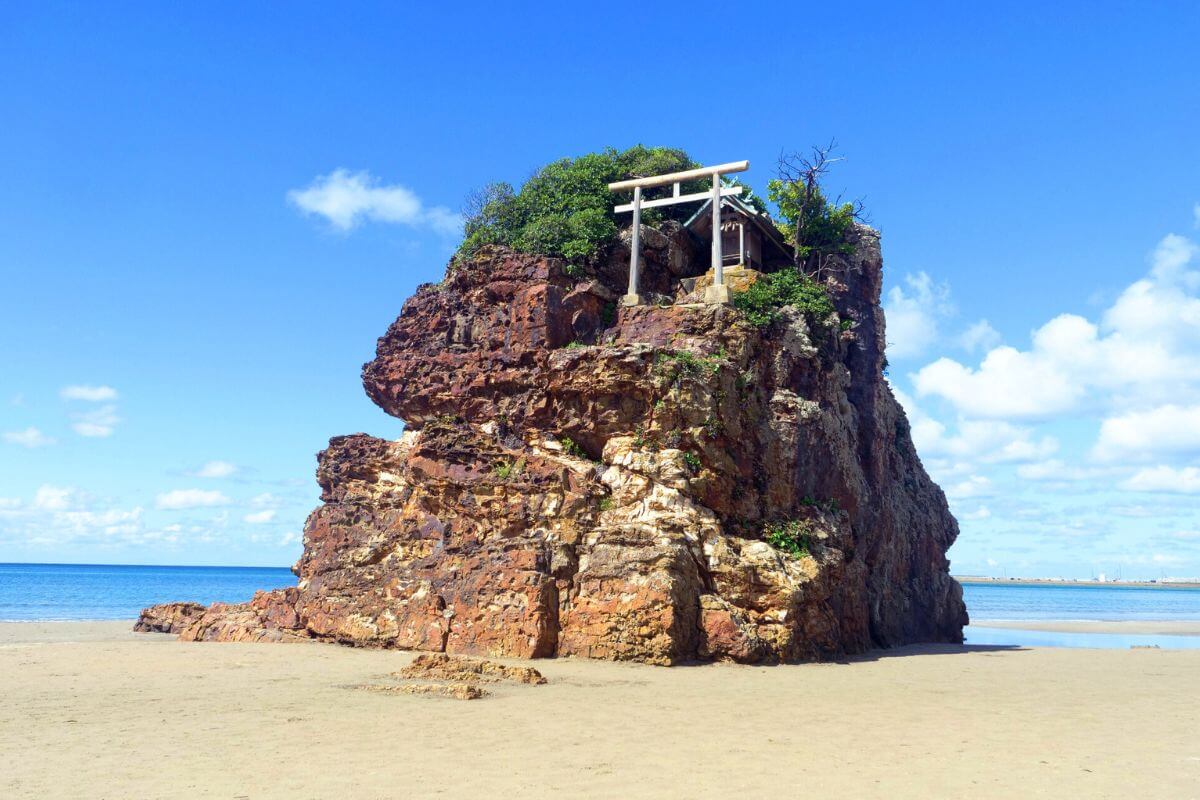
A coastline located approximately 1 km west of Izumo Taisha Shrine. It is said to be the stage where Ōkuninushi-no-Kami and Takemikazuchi-no-Kami negotiated the transfer of the land in the myth of the transfer of the country.
It also features in the land-pulling myth recorded in the Izumo no Kuni Fudoki, Japan’s oldest geographical chronicle. Legend tells that the gods powerfully pulled land from across the sea to expand the territory of Izumo.
Furthermore, during Kamiari-tsuki (the month when the gods gather), it serves as the place where the millions of gods from across the nation are welcomed, hosting the Kami-mukae ritual and Kami-mukae Festival of Izumo Taisha.
As a crucial site in Izumo mythology, visiting here alongside Izumo Taisha is highly recommended.
Matsue Castle
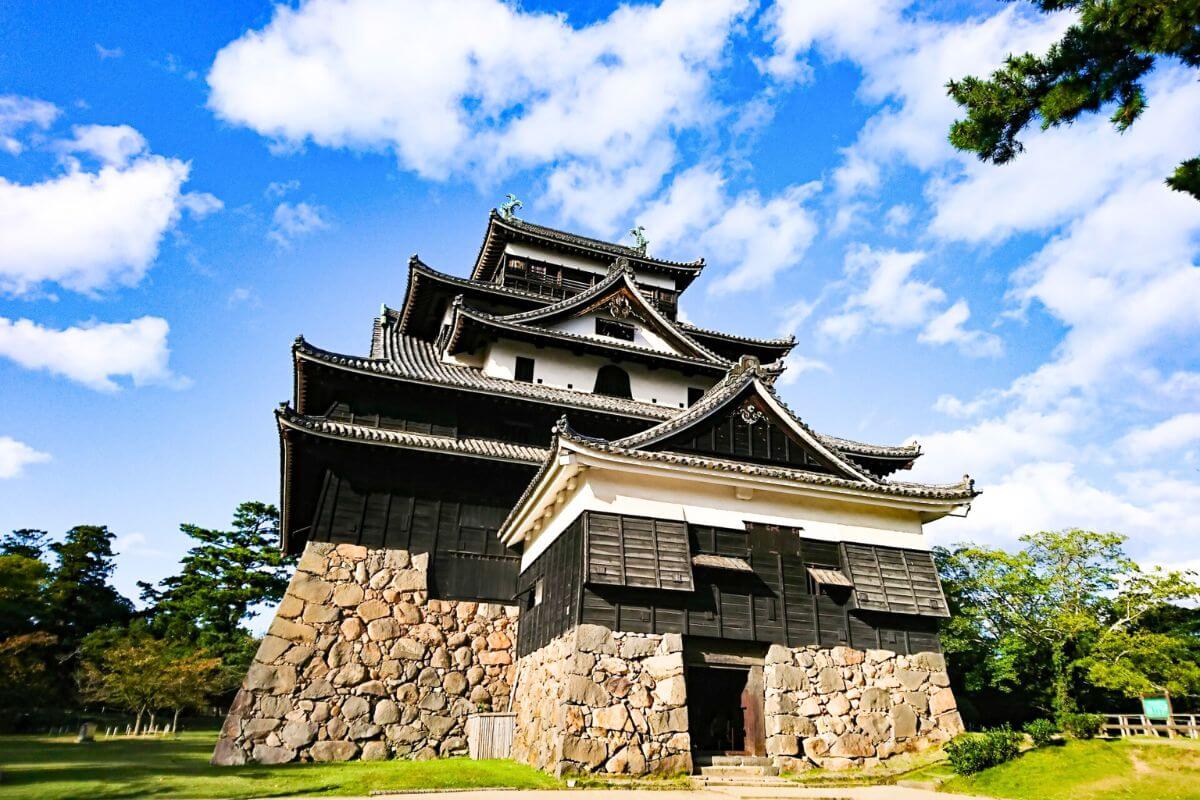
Designated a National Treasure in 2015, it is one of only 12 existing castle towers remaining in Japan. The four-story tower stands approximately 30 meters tall, including its stone walls. Its total floor area is the second largest in Japan, surpassed only by Himeji Castle in Hyogo Prefecture.
Its beauty lies in its serene and dignified appearance, making it a must-see for those wishing to experience an authentic castle built during the Edo period. The top floor offers a 360-degree panoramic view, serving as a popular observation spot overlooking Matsue cityscape and Lake Shinji.
Tamatsukuri Onsen
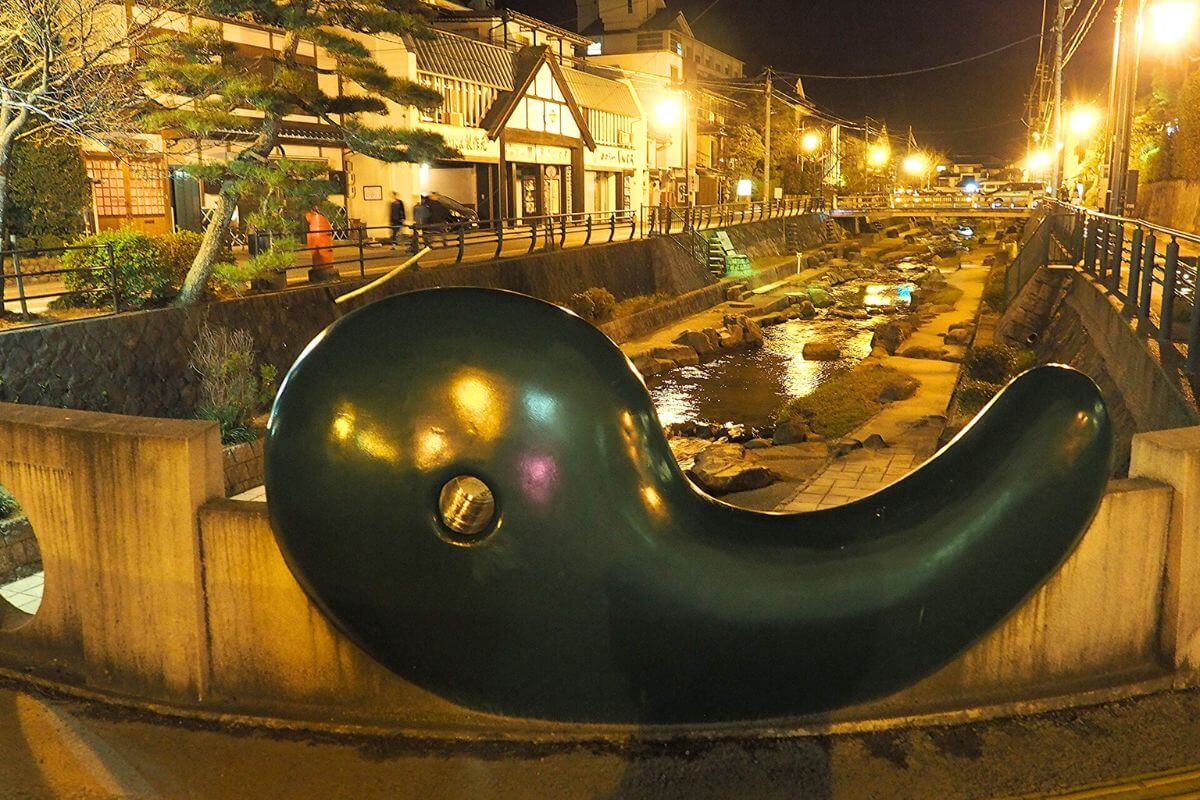
Located in Tamatsukuri, Tamayu-cho, Matsue City, this is one of Japan’s oldest hot springs. Mentioned in the Izumo no Kuni Fudoki chronicle from 1,300 years ago as “making one’s appearance exceptionally beautiful after just one soak,” it remains popular today as a “beauty hot spring.”
The spring water, rich in moisturizing components, acts like natural lotion. Visitors can even take home the source water in special beauty hot spring bottles.
Along the Tamayu River, hot spring inns, souvenir shops, and restaurants line the streets, allowing you to refresh in the hot springs while enjoying a stroll through the town.
Recommended Souvenirs
Yakumo lacquerware
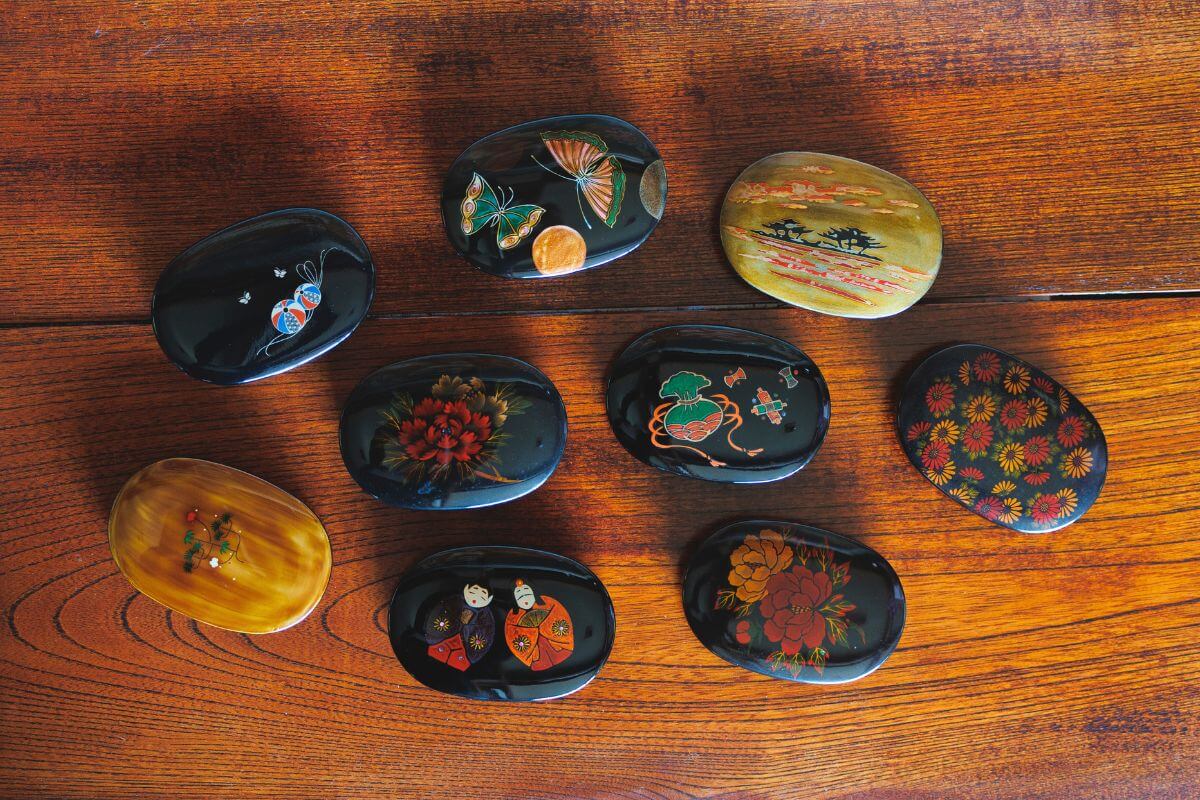
Yakumo lacquerware is a traditional craft of Matsue City, conceived by Sakata Heiichi, a lacquer artisan in Matsue during the early Meiji period (around 1868–1872), inspired by Chinese lacquerware.
Named after the ancient Izumo poem beginning “Yakumo tatsu” (“The clouds gather”), it was thus called Yakumo lacquerware.
Characterized by delicate and beautiful lacquerwork, where patterns are drawn using colored lacquer and gold powder, then finished by layering transparent lacquer. Its charm lies in the unique, aged beauty that emerges as the patterns gradually surface over time.
Magatama
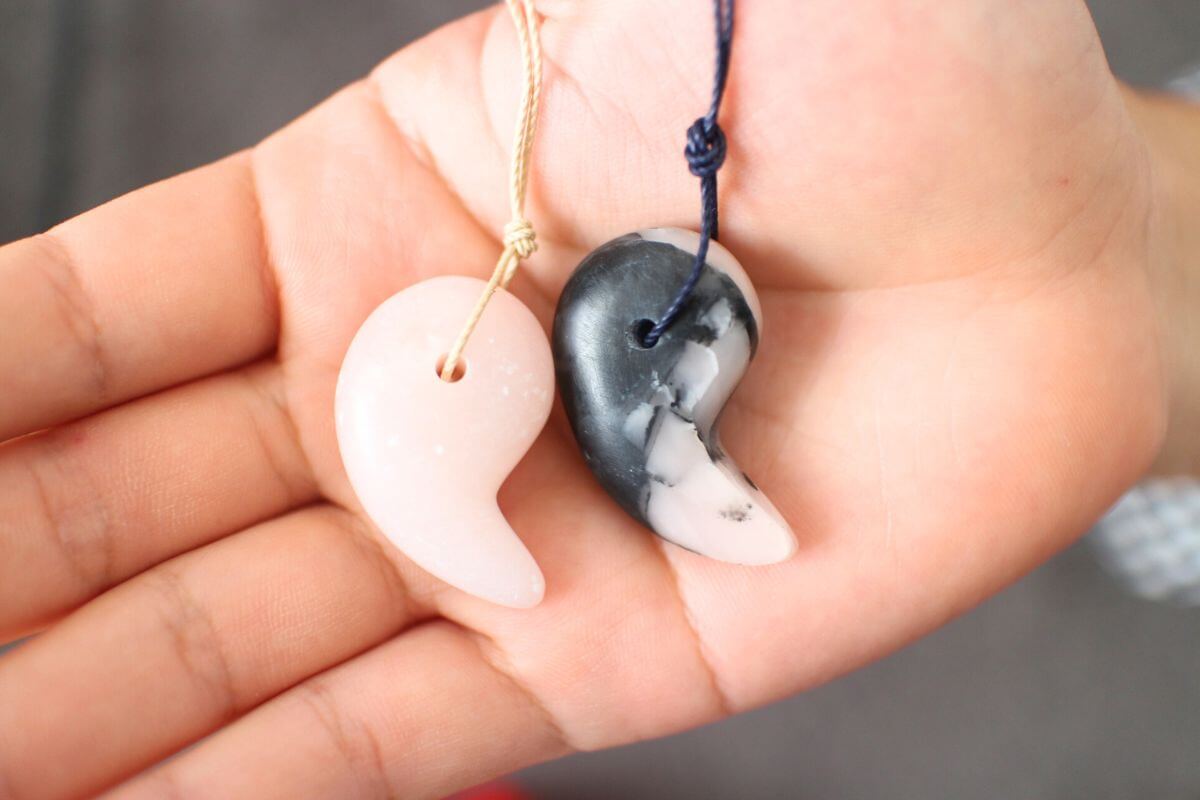
※Image is for illustrative purposes only.
The Yasakani no Magatama, one of the Three Sacred Treasures passed down for over 2,600 years as heirlooms of the Japanese Imperial Family.
The town of Tamayu in Shimane Prefecture, within the Izumo region, is considered the birthplace of magatama. Magatama have been crafted here since ancient times using blue agate sourced from Mount Kasen, serving as amulets to ward off evil spirits.
Around Izumo Grand Shrine and Tamatsukuri Onsen, visitors can purchase individual magatama or magatama accessories as souvenirs. There are also facilities where you can experience making your own magatama.
Tamatsukuri Onsen Cosmetics
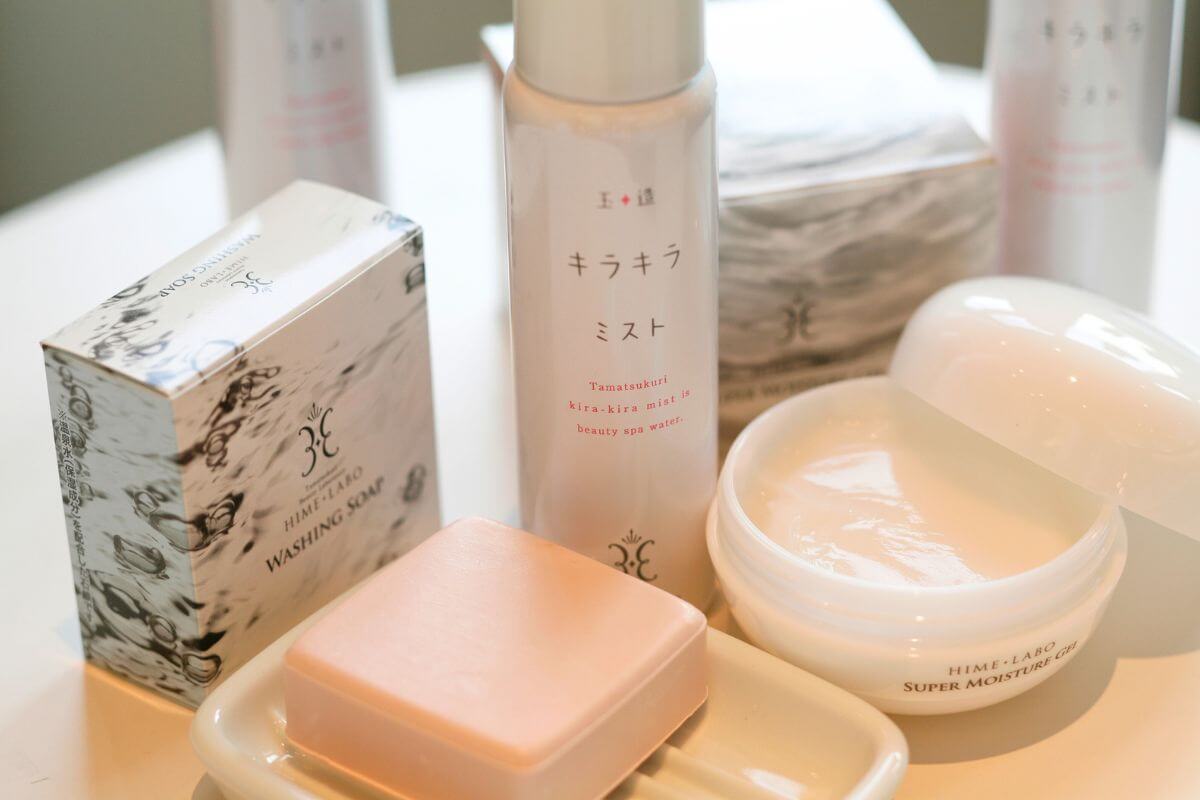
Tamatsukuri Beauty Laboratory HIMELABO, a basic cosmetics brand featuring Tamatsukuri Onsen water for beautiful skin. Here, we offer a wide selection of basic skincare products suitable for both men and women, including soap, mist, serum, gel, and UV cream.
Even if you can’t bathe in Tamatsukuri Onsen daily, these cosmetics deliver the moisturizing benefits of the hot spring water to your skin. Beyond the hot spring water, we actively use naturally derived ingredients in our gentle formulations, ensuring safe use. Experience that smooth, supple skin after bathing.
▼Tamatsukuri Beauty Laboratory HIMELABO Official Website
https://www.hime-labo.com/
Japanese sweets
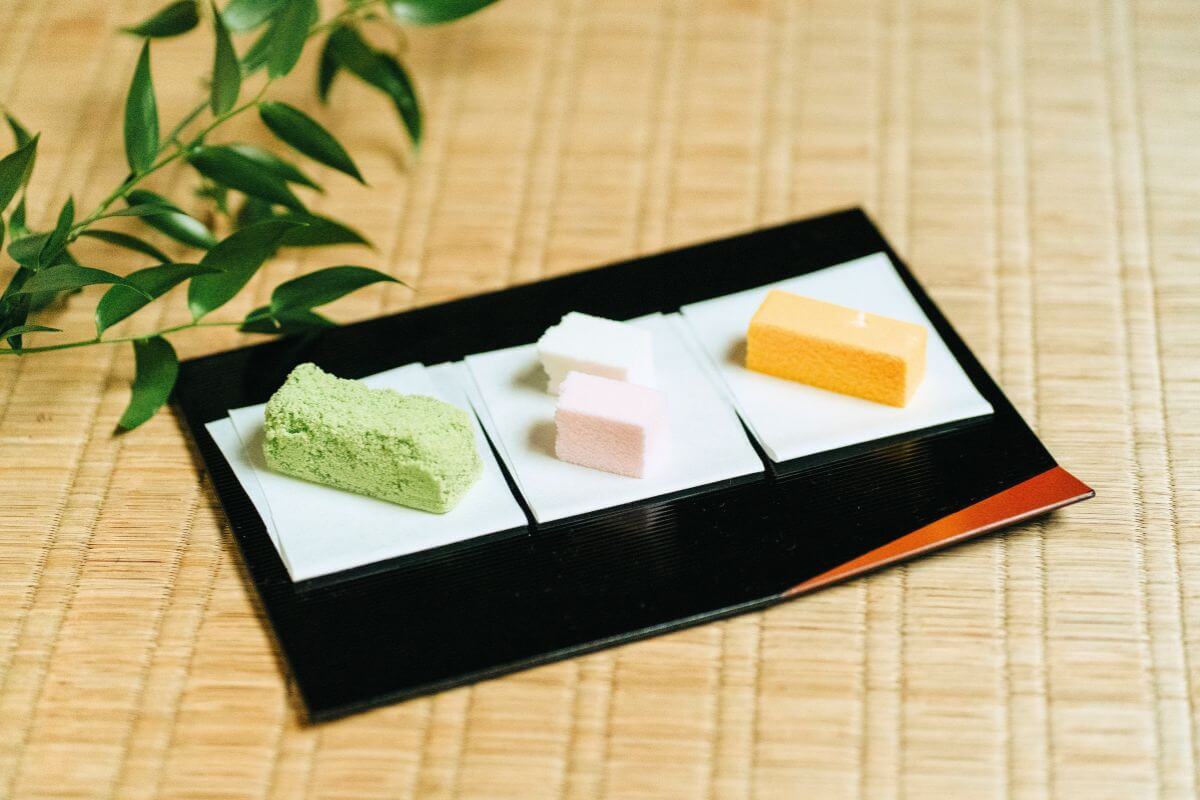
Matsue is renowned alongside Kyoto and Kanazawa as one of Japan’s three great confectionery and tea regions. It is said that tea ceremony culture became deeply ingrained here after Matsudaira Harusato, the seventh lord of the Matsue domain, perfected the Fumai-ryū school of tea ceremony.
The “Three Great Confectioneries of Matsue” are “Natanenosato” (Rapeseed Village), ‘Wakakusa’ (Young Grass), and “Yamakawa” (Mountain River). These are colorful Japanese sweets that pair beautifully with tea. With many traditional Japanese confectionery shops scattered throughout Matsue City, why not try comparing these exquisite sweets?
Recommended Local Cuisine
Izumo Soba
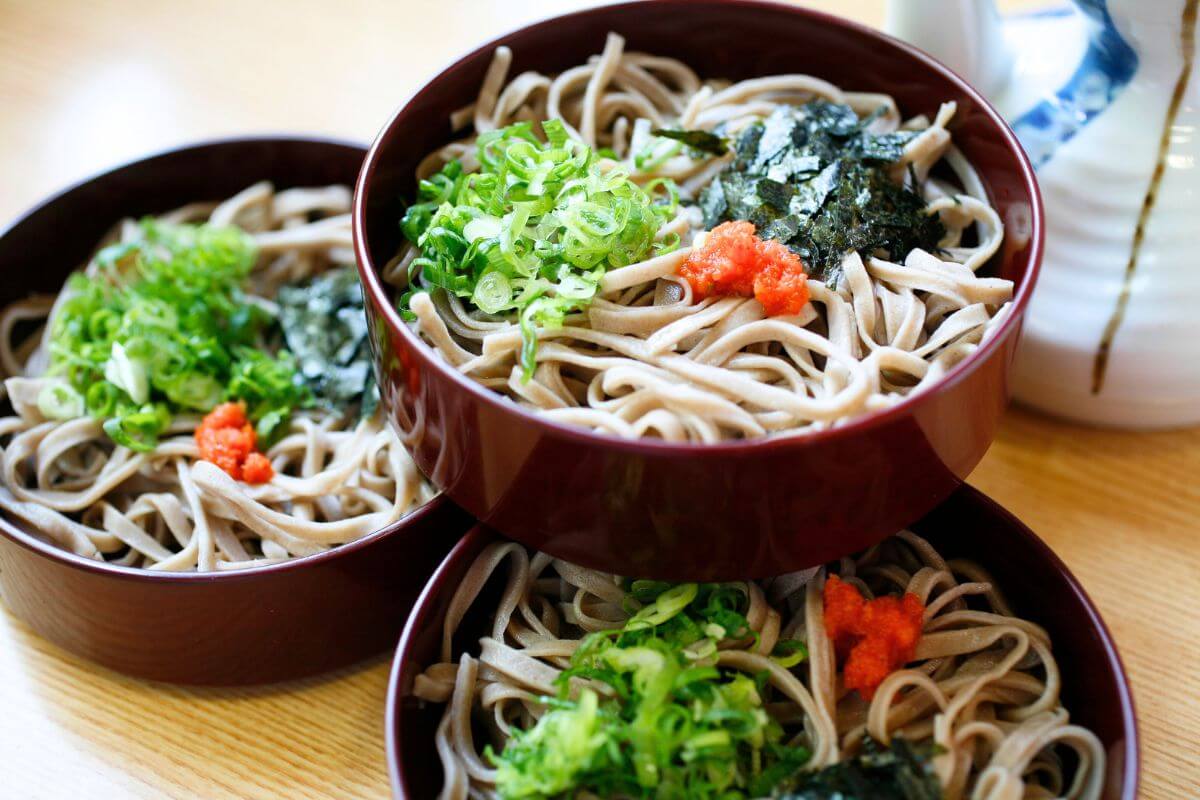
Izumo soba, one of Japan’s three great buckwheat noodles. Its distinctive features include a dark color, rich aroma, and high nutritional value, achieved by grinding the buckwheat grains with their hulls intact.
It is typically served as “wariko soba,” where the noodles are layered in three stacked bowls. Each bowl is topped in order with condiments like green onions and grated daikon radish, along with dipping sauce.
When moving to the next bowl, pour the remaining sauce over the noodles and add more condiments if desired to enjoy a change in flavor.
Izumo Zenzai
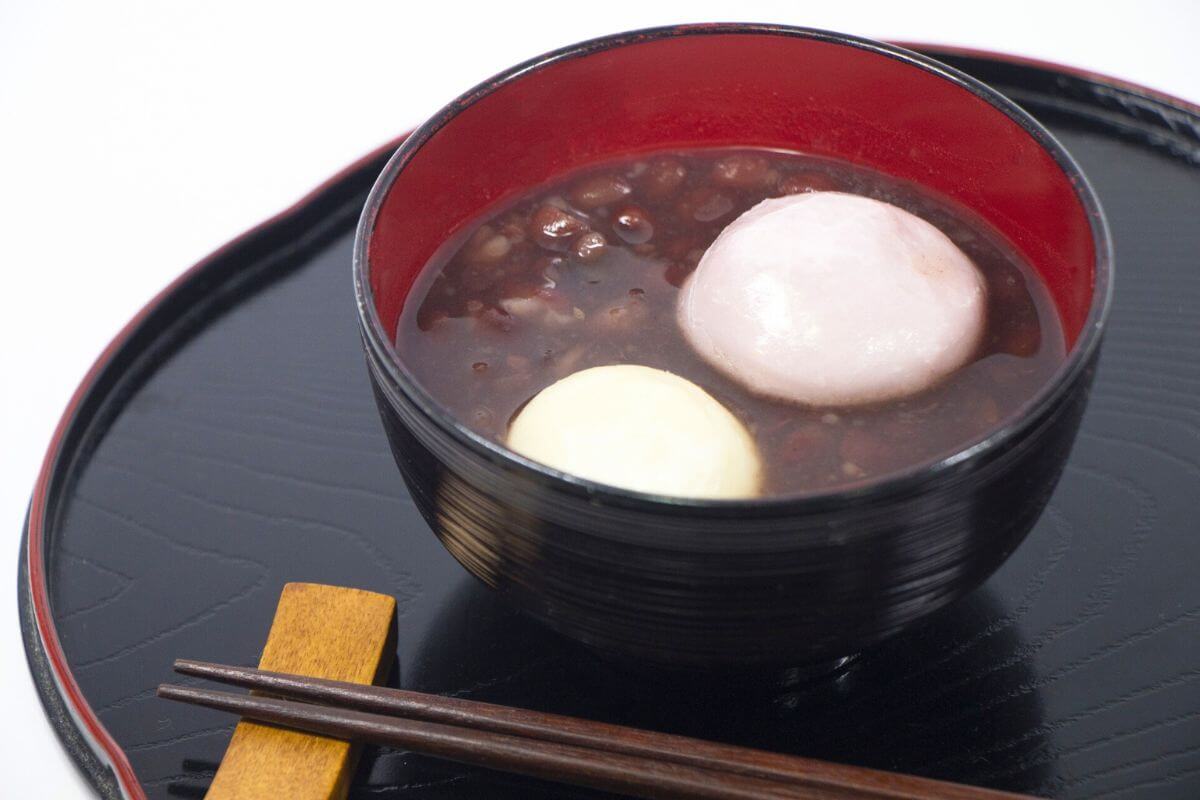
Zenzai, a warm sweet dish made by simmering red beans in sugar and adding mochi or dumplings, originated in Izumo.
It is said to originate from “Jinzai Mochi” served during the “Kamiari Festival” held in Izumo in the 10th month of the old lunar calendar. “Jinzai” was corrupted in the Izumo dialect and passed down to Kyoto as “Zenzai.”
At cafes and Japanese confectionery shops around Izumo Grand Shrine, you can enjoy freshly made Izumo Zenzai, and you can also purchase Izumo Zenzai sets to enjoy at home.
Shijimi-jiru (Shijimi Clam Soup)
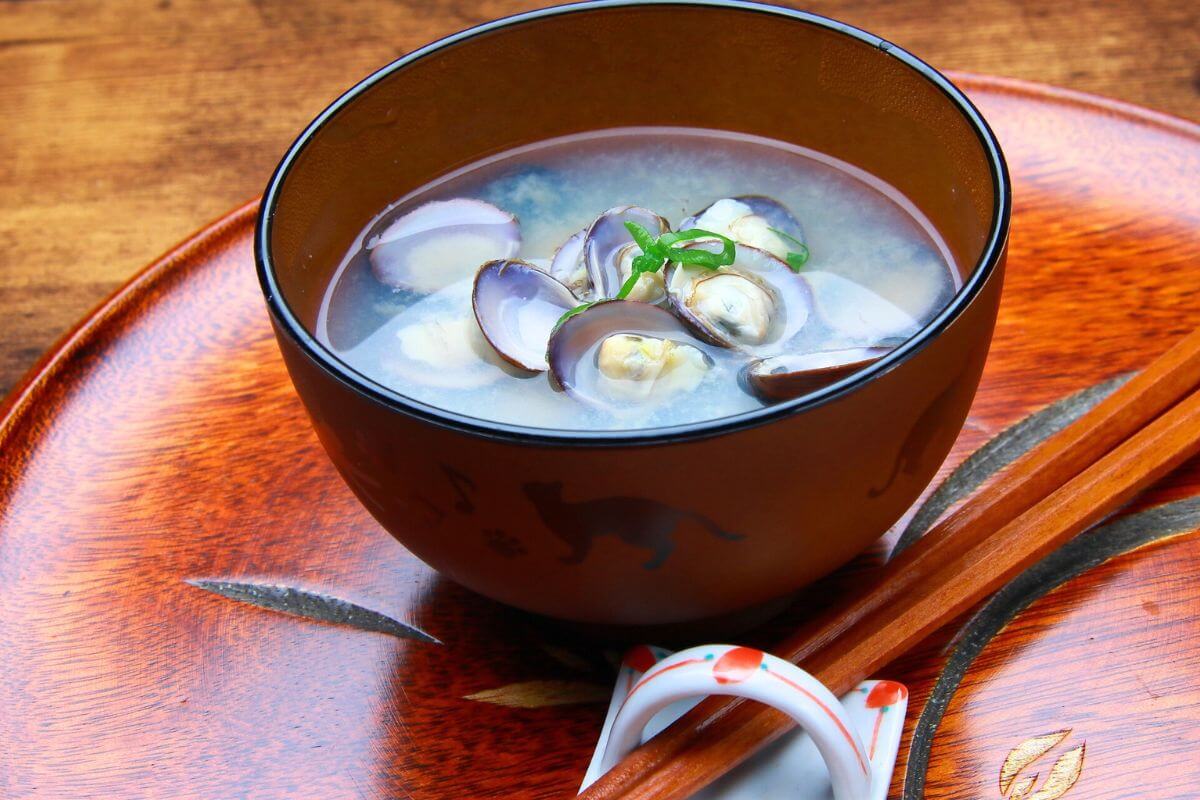
A representative local dish of Shimane Prefecture. This soup features large Yamato clams, a type of bivalve harvested from Lake Shinji. Around Lake Shinji, it is enjoyed as a miso soup in winter and as a clear soup (seasoned with soy sauce or salt) in summer.
Served at many restaurants around Lake Shinji, as well as in Izumo City and Matsue City, try a bowl of this heartwarming soup.
Head to Shimane and attract happiness!
The Izumo and Matsue area in Shimane Prefecture, the birthplace of Japanese mythology. Visit sites connected to the myths, like Izumo Grand Shrine and Inasa Beach, and soak up their mystical energy. It’s the perfect place for anyone wishing for all kinds of connections and seeking happiness.
Access takes about 1 hour by plane or 4.5 hours by train from Osaka, and about 1.5 hours by plane or 6 hours by train from Tokyo. While access can be a bit challenging due to limited flights and the need to transfer from the Shinkansen to a limited express train, it’s a destination well worth the effort.
Especially for those wanting to visit Japan’s most iconic shrines and castles, you’re guaranteed to be thoroughly satisfied! Be sure to make the trip to Shimane.



